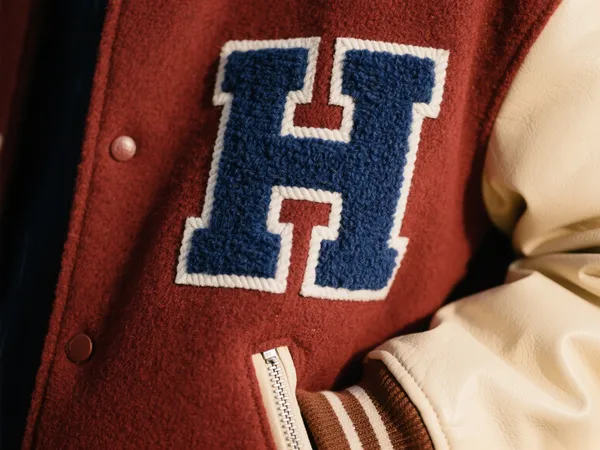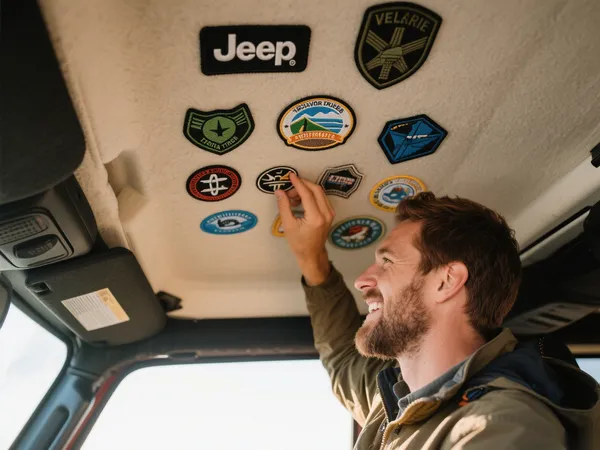In martial arts, uniform patches are more than decoration—they signify rank, school affiliation, achievements, and personal dedication. For karate practitioners, understanding karate patch placement is essential to maintaining respect, consistency, and tradition on the mat. Whether you’re a student, instructor, or parent helping your child prepare for class or competition, correct patch placement ensures your gi (karate uniform) reflects the values and structure of your dojo.
In this article, we’ll break down the common patch types, general placement rules, and helpful tips for keeping your martial arts uniform patches both functional and respectful.
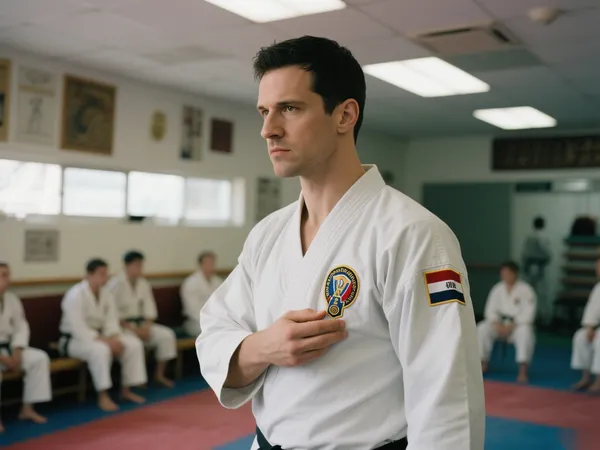
Why Karate Patch Placement Matters
Karate is a discipline rooted in respect, structure, and hierarchy. Uniform patches help:
- Identify the karate style or school (Shotokan, Goju-Ryu, etc.)
- Display rank or achievements such as black belt degrees or tournament wins
- Represent the dojo or organization
- Maintain a standardized look during group training or competitions
Improper or inconsistent patch placement may be seen as disrespectful or simply confusing—especially in traditional schools or during official events.
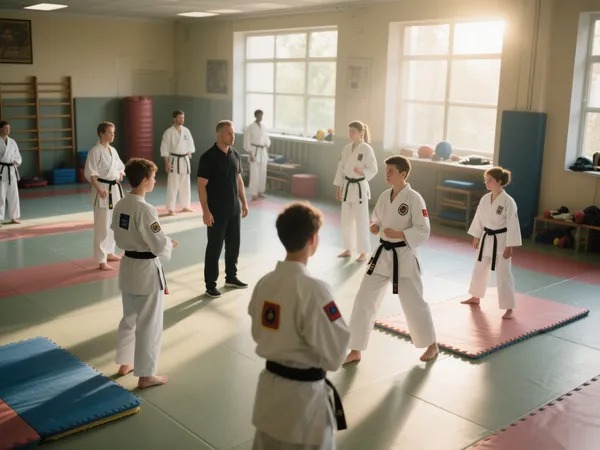
Common Karate Patches and Their Meanings
🥋 Dojo Patch – Usually the most important patch, symbolizing your martial arts school or federation.
🎖️ Rank or Dan Patches – For high-ranking black belts, additional patches may indicate levels (1st Dan, 2nd Dan, etc.).
🏆 Tournament or Achievement Patches – Represent past competition victories or notable milestones.
🇯🇵 Country Flag or Style Emblem – Indicates your national team, or the style you practice (e.g., Wado-Ryu crest, Shotokan tiger).
💬 Name or Custom Patches – Optional additions for seminars, camps, or personalized gis.
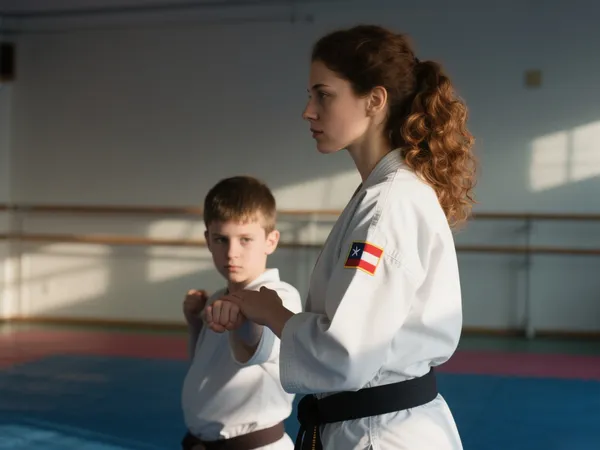
Standard Karate Patch Placement Guidelines
While patch placement can vary by dojo, federation, or region, here are widely accepted norms:
1. Left Chest (Heart Side)
- Most common position for the main dojo patch ou style logo
- Symbolizes the connection between the school and the practitioner
2. Right Sleeve (Upper Arm)
- Often used for national flags, organization patches, ou style patches
3. Left Sleeve (Upper Arm)
- May be used for tournament patches, rank badges, ou achievement insignias
4. Bottom of the Jacket or Lapel
- Some dojos allow patches de nome here or special training camp indicators
5. Back of the Gi
- Reserved for national teams ou demonstration teams—usually features large federation logos or country names
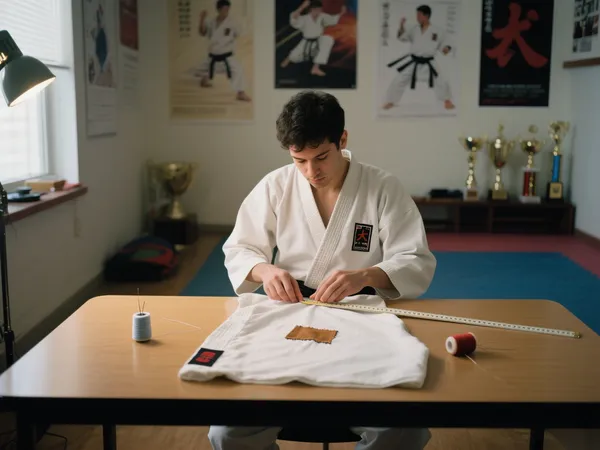
❗ Always check with your instructor before adding or moving any patch
How to Attach Patches to a Karate Gi
There are three primary methods:
- Sewing (Recommended) – Traditional, durable, and dojo-approved.
- Passar a ferro – Fast and easy, but may not hold well after repeated washes or intense training.
- Velcro – Great for switching between patches, but not always accepted in formal settings.
👉 Pro Tip: Use a thimble and heavy-duty thread if sewing by hand, especially through thick gi fabric.
Tips for Proper Karate Patch Application
- Measure and Align: Use a ruler or tailor’s chalk to keep patches straight and symmetrical.
- Avoid Overcrowding: Leave space between patches to maintain a clean, respectful look.
- Respect Traditions: Some traditional schools do not allow patches at all—always defer to your sensei.
- Keep It Clean: Worn or frayed patches should be repaired or replaced promptly.
Erros comuns a evitar
🚫 Random placement without dojo approval
🚫 Overlapping patches
🚫 Too many patches on beginner uniforms
🚫 Iron-on only application for active training uniforms
Proper patch use shows that you’re serious about your training and respectful of karate culture.
Conclusion: Patches with Purpose
Understanding proper karate patch placement is more than following rules—it’s about showing pride, respect, and discipline. Whether you’re a beginner or black belt, wearing your patches correctly honors your dojo, your sensei, and the centuries-old tradition of martial arts.
When in doubt, ask. When given guidance, follow it with care.

